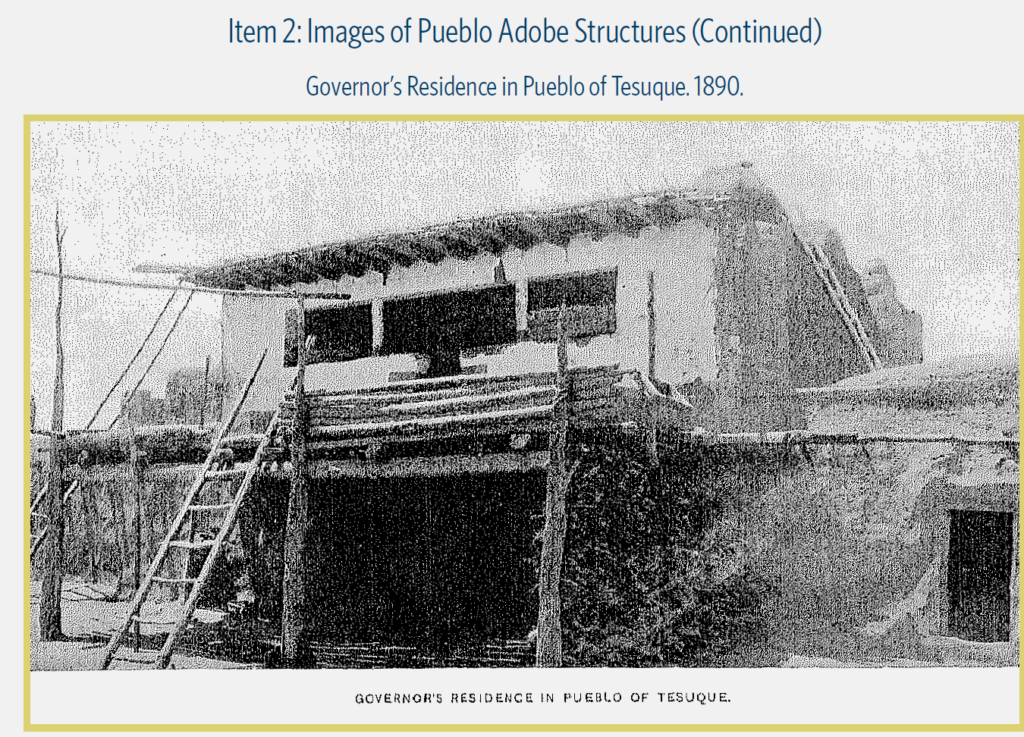I know that teaching elementary school is a difficult job, and that is why I am pretty forgiving about some of the mistakes that teachers make. We all get things wrong once in a while. If no malice is involved, let’s fix the problem and move on.
The Census Bureau, of all agencies, produced a lesson plan on “Native American Dwellings.” It is part of a program called, apparently, “Classrooms Powered by Census Data.”
This particular plan is geared toward children in second- and third-grade. Students who achieve the learning outcomes “will be able to observe differences among three types of Native American dwellings,” write about the differences they observed, and “be able to compare their observations about Native American dwellings to other information about the dwellings.” Mind you, the activity requires that children look at just three types of Native American dwellings–“teepees, pueblo adobe structures, and hogans.” Who used each type of dwelling? Why was it used? From what materials was it made? What, the children will be asked to imagine, was life like in each home?
Students should learn more than they do about Native Americans, but exercises like these are pernicious. The Census Bureau is not alone in producing educational material like this, and it has been going on for a long time. But with so much data at its disposal, certainly the Census Bureau has the ability to do much better.
It focuses exclusively on the Native American past to the exclusion of the present. Students could complete the exercise and realize that Indigenous peoples still exist and that they live in homes very much like theirs.
The Census Bureau does maintain data on Native American housing, down to the level of the percentage of homes that have indoor plumbing and kitchens inside the house. This assignment focuses only upon images of the past.

So what?
When educators emphasize images rooting Indigenous peoples in the past, they are aiding in erasure of Indigenous peoples in the present. And if they are part of the past, it becomes easier to dismiss the legitimate claims of native peoples as being out of time and place and, as a consequence, irrelevant. When teachers describe Native peoples to their students as part of the past, they assist, however unwittingly, in making it more difficult for many Americans to recognize the importance of native peoples’ calls for justice today.



I teach a year-long study of Native Americans to third graders. Because we are in New York City, our main focus is the Lenapes, but we also study Native groups from around the country at the end of the year. From day one, I emphasize the fact that Native people are still here, everywhere, including many in NYC, a fact that few students are aware of. I also situate our historical study of the Lenapes around 1600 within the context of global history at that time, not just as part of some hazy “past.” It’s really painful to see this “lesson” (which I’m putting in quotes because it is so misleading to kids). As you said, it puts Native people entirely in the past–AND it doesn’t even make that clear to kids. The questions are written in the past tense (“Why do you think they used these kinds of homes?”) without any acknowledgment of historical context or the fact or significance of the fact that Native people are still around.
I know that a lot of teachers have not done any background research when they teach about Native people, and so their knowledge is limited to the “facts” on lesson plans.
I wonder if it occurred to the Census Bureau to consult any Native people when constructing lessons about them.